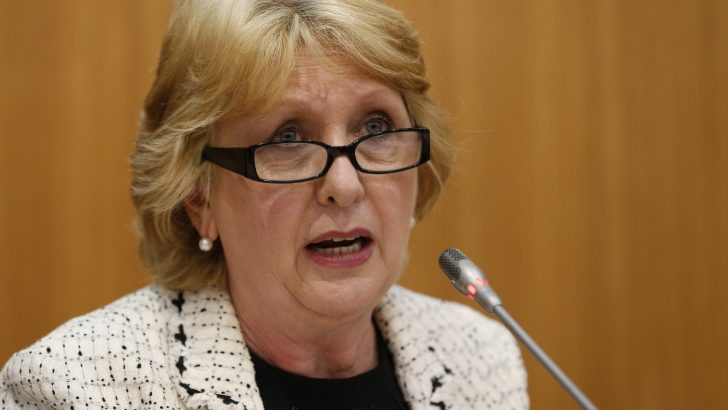A wise old bird – wise in the ways of public communication – once said to me: “You can’t be against everything – or be seen to be against everything. Pick your targets. Prioritise what’s important to you.” I would now, with respect, pass on that advice to Mary McAleese.
You can’t be against everything in the Catholic Church, which is how it is beginning to look, from infant baptism to the tradition of the male priesthood to LGBT issues within the church, and ambivalence – it would seem – over the moral standing of unborn life.
If you want change and reform, then prioritise what’s most important to you. If you feel that gay rights are the issue, then bring your energy and canon law learning to this: focus on it, make it your priority.
But if you think women priests or the position of women within the formal arrangements of the Magisterium is a greater urgency, then prioritise that.
Bear in mind, incidentally, that within the Anglican community, gay men were often those most vehemently opposed to the ordination of women. So if you are attempting to ride two horses at once, remember that they won’t necessarily work serenely together in harness.
Ditto if you would campaign against infant baptism (or “infant conscripts” as you have called them), or Confession or Pro-Life: select a priority, and stick with it.
It’s not hard to see why Mrs McAleese expresses a range of angry feelings. Her maternal instinct is outraged on behalf of her gay son, and the fierceness she brings to this cause is by no means dishonourable. We admire the tiger mother defending her young.
On the position of women in the Church, her own pride is hurt that her contribution has been rebuffed or sidelined – especially when she suspects, maybe with reason, that she is as clever, or even cleverer, and more knowledgeable than many an elderly prelate. She worked hard at her studies in theology and canon law, after her tenure as President. Her dander aroused, she has proceeded to the scattergun critique of just about everything.
Equal footing
All this is understandable, psychologically. There is also another point to be made: it isn’t easy being an ex-Head of State. One moment you are standing next to Queen Elizabeth, in Flanders Field, or welcoming the President of the United States, all on an equal footing: the next, you are just an ordinary citizen again. That’s something you have to address, on a level of personal adjustment.
But when it comes to issues, the wise old bird was correct: you cannot be against everything, if you want to be effective. Pick your targets. Prioritise. And then, sometimes be nice.
Courtesy and respect win votes
Theresa May was subjected to a range of ridicule for her rather deep, and awkward-looking, recent curtsey to Prince William. On a somewhat Gilbert & Sullivan point of protocol, there are a variety of curtseys which a subject may perform – only British subjects curtsey: others do not – measuring from a two-inch bob to a 13-inch knee- bend.
Irish commentators on social media thought it hilarious and expressed satisfaction that such “serf-like” gestures are not required in a republic – although there was a time when English commentators like the acid-tongued Nancy Mitford thought it equally hilarious to see Irish politicians kneel before a bishop.
These gestures often contain hidden agendas, however. Theresa May curtseys to the Sovereign’s heir, but it is the Prime Minister who has all the power: the Monarch’s heir, in reality, must do exactly as she tells him. By the same token, Irish politicians would behave respectfully towards a bishop since, at that time, there were votes in it. What you see isn’t always what you get.


 Mary Kenny
Mary Kenny Mary McAleese
Mary McAleese 